Acc 10 year ascvd risk calculator
10-year risk for ASCVD is categorized as. Initial 10-year ASCVD risk either at a first visit or a previous visit being used for comparison is calculated via the Pooled Cohort Equation published as part of the 2013 ACCAHA Guideline on the Assessment of Cardiovascular Risk.

Ascvd Risk Estimator Plus This Online Tool Is Simple To Use And Download Scientific Diagram
The ASCVD Risk Assessment Calculator gives both the 10-year and lifetime risk of developing atherosclerotic heart disease which includes heart attack and stroke.
. INTRODUCTION The management of the risk factors for atherosclerotic cardiovascular disease CVD of which elevated low density lipoprotein cholesterol LDL-C is one is called primary prevention if this process is done in someone who has not previously experienced an atherosclerotic vascular event. This calculator assumes that you have not had a prior heart attack or stroke. Calculate your 10-year risk of heart disease or stroke using the ASCVD algorithm published in 2013 ACCAHA Guideline on the Assessment of Cardiovascular Risk.
Statin use lowers the risk of stroke even in moderate-risk individuals five-year ASCVD risk of 10 or less with an NNT of 90 over five years independent of age sex LDL-C levels or previous. This peer-reviewed online calculator uses the Pooled Cohort Equations to estimate the 10-year primary risk of ASCVD atherosclerotic cardiovascular disease among patients without pre-existing cardiovascular disease who are between 40 and 79 years of age. Multilingual ASCVD Risk Estimator.
For more information about the inputs and calculations used in this app see Terms and Concepts in the Resources tab below. On the basis of your calculated risk for heart disease or stroke under 10 the USPSTF guidelines suggest you would. Low-risk.
The Work Group notes that this ACCAHA COR IIb recommendation is consistent with the recommendations in the 2010 ACCFAHA guideline 43 for patients with a 10-year CHD risk of. Counseling on a heart healthy lifestyle forms the foundation of ASCVD prevention. Low-risk.
Also incorporates JNC-8 blood pressure guidelines and USPSTF aspirin prescribing guidelines. In adults with diabetes and 10-year ASCVD risk 20 it may be reasonable to add ezetimibe to maximum tolerated statin therapy to reduce LDL-C by 50. In earlier posts I referenced the ACCAHA ASCVD risk estimator tool as the starting point but if I have information on my patients CACS I use a new and improved tool called the MESA risk score calculator.
Less than 5 low risk 5 to less than 75 borderline risk 75 to less than 20 intermediate risk Greater than or equal to 20 high risk. 104 For individuals with diabetes and hypertension at higher CV risk existing ASCVD or 10-year ASCVD risk 15 a blood pressure target of. Patients with low absolute cardiovascular risk 10-year ASCVD risk.
IMPORTANT This calculator includes inputs based on race which may or may not provide better estimates so we have decided to make race optional. The Global Burden of Disease study has shown that non-optimal BP continues to be the biggest single risk factor contributing to the global burden of disease and to global all-cause mortality leading to 94 million deaths and 212 million lost healthy life years 85 of the global total each year 10. For more information about the inputs and calculations used in this app see Terms and Concepts in the Resources tab below.
Low-risk. This tool assesses the chances of a person ages 40 to 79 developing heart disease over the next 10 years. Py in patients who have additional risk factors or a 10-year risk of an atherosclerotic cardio-vascular disease event higher than 209 Adults age 4075 without diabetes with LDL-C levels 70189 mgdL In this group the guidelines say to use a risk calculator to determine if the patient needs lipid-lowering medication.
The American College of CardiologyAmerican Heart Association guidelines list elevated triglyceride levels as a risk-enhancing factor for CVD. This web app is a simplified version of the ASCVD Risk Estimator Plus that provides clinicians with the option to use the app in different languages Arabic German Indonesian Portuguese Spanish or English and enter patient data to estimate 10-year ASCVD risk lifetime risk and optimal risk. Healthcare providers use the American College of Cardiology ACC Atherosclerotic Cardiovascular Disease ASCVD Risk Calculator.
This calculator is for use only in adult patients without known ASCVD and LDL 70-189 mgdL 181-490 mmolL. 10-year risk for ASCVD is categorized as. If you have generally it is recommended that you discuss with your doctor about starting aspirin and a statin.
The risk is categorized as follows. The updated 10-year ASCVD risk at follow-up visits and projected 10 -year ASCVD risk values are derived from. In adults with diabetes older than 75 years after a patient discussion of potential benefits and risks it may be reasonable to initiate statin therapy.
Calculates ASCVD risk for heart disease and stroke using the 2013 ACCAHA guidelines. 10-year risk of heart disease or stroke. Individuals not receiving cholesterol-lowering drug therapy should have their estimated 10-year ASCVD risk calculated initially and then every 4 to 6 years in individuals aged 40 to 75 years without clinical Atherosclerotic Cardiovascular Disease or.
Our ASCVD Risk Algorithm is a step-wise approach for all adult patients including those with known ASCVD. The rationale for activities focused on LDL-C. Its also called the ASCVD Risk Estimator Plus.
1 8 Risk-enhancing factors may confer additional. Determines 10-year risk of heart disease or stroke and provides statin recommendations. In such patients a blood pressure target of.
1 Patients are considered to be at elevated risk if the Pooled Cohort Equations predicted risk is. This peer-reviewed online calculator uses the Pooled Cohort Equations to estimate the 10-year primary risk of ASCVD atherosclerotic cardiovascular disease among patients without pre-existing cardiovascular disease who are between 40 and 79 years of age. 10-year risk for ASCVD is categorized as.
The 10 year risk of a CHD event almost doubles from 47 to 76 when the CACS is added to the standard risk factors and moves into a. 1 Patients are considered to be at elevated risk if the Pooled Cohort Equations predicted risk is. Estimate 10-year risk for atherosclerotic cardiovascular disease.
This calculator helps health care providers to estimate 10-year risk for atherosclerotic cardiovascular disease ASCVD defined as coronary death or nonfatal myocardial infarction or fatal or nonfatal stroke based on the Pooled Cohort Equations. For more information about the inputs and calculations used in this app see Terms and Concepts in the Resources tab below.

Ascvd Risk Estimator
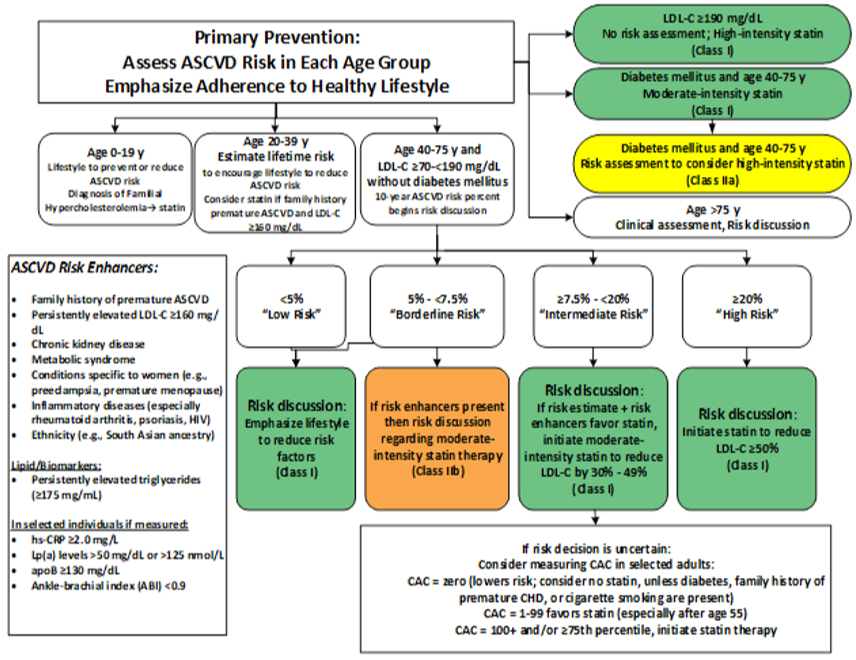
Ascvd Risk Estimator
Ascvd Risk Calculator

Rapidascvd Calculate Ascvd Scores Seriously Fast Clincalc Com
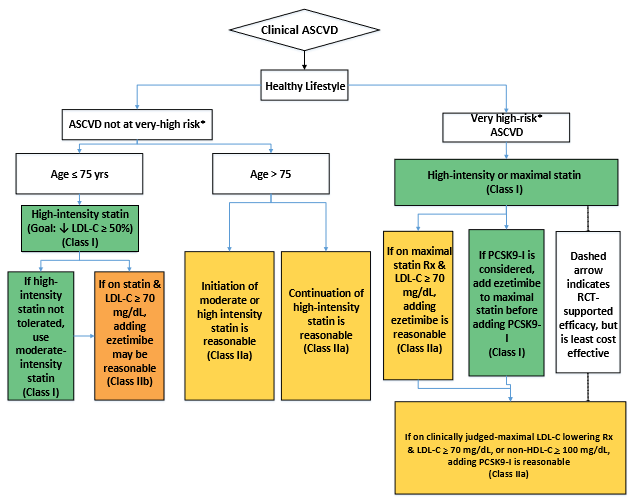
Ascvd Risk Estimator
App Review Acc S Ascvd Risk Estimator Plus App American College Of Cardiology

Criteria For Ascvd Risk Assessment Treatment Goals And Levels At Download Table
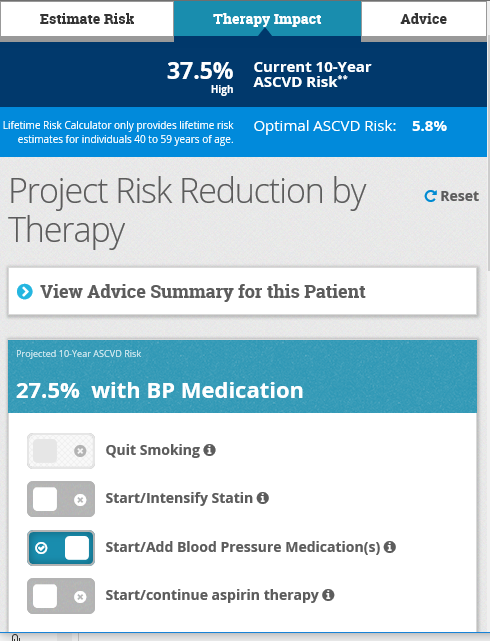
Ascvd Risk Estimator Plus American College Of Cardiology

Estimating Your Risk Of Heart Attack And Stroke There S An App For That The Skeptical Cardiologist
Ascvd Risk Calculator
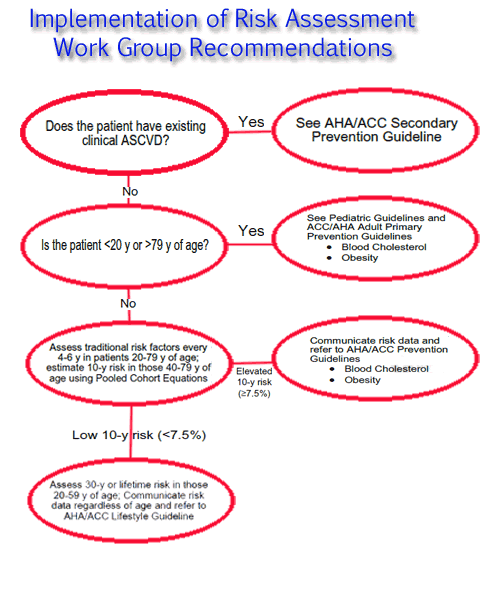
Atp Iv Lifetime Ascvd Risk Pooled Cohort Equations Globalrph
Ascvd Risk Estimator
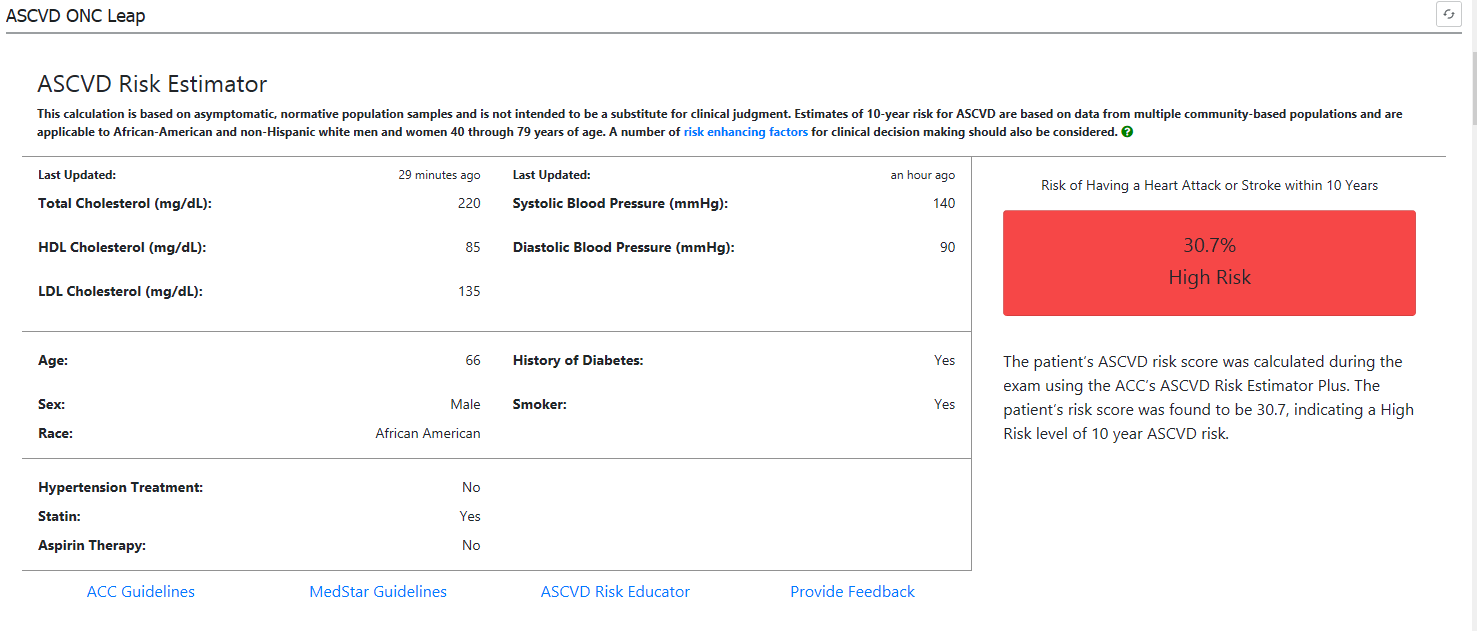
Heart Risk Calculator

Ascvd Risk Estimator

Ascvd Risk Estimator

New Web Based 10 Year Ascvd Risk Calculator Pooled Cohort Equations Clincalc Com
2